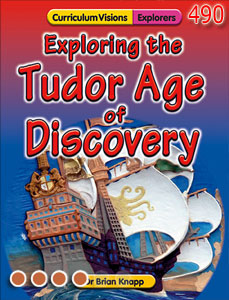There have been many famous explorers throughout history. Some have navigated the world (Sir Francis Drake, Magellan); some have found new lands (Columbus) and some have found new ways to get across lands (Marco Polo, Lewis and Clark); others have looked for the sources of rivers (Livingstone, Burton), while some of the most famous have tried to get to the North and South Poles (see example below). Explorers have gone down to the sea bed (Cousteau) and out into space (NASA, Russia etc) both with people and with robots like Voyager. Look for these in the Search.
In the early 20th century, many people from Europe explored Antarctica. One
of the most famous was Sir Ernest Shackleton. In 1915 he set sail in a ship
called the Endurance. His mission was to cross Antarctica, passing the South
Pole on the way.
At first, it was plain sailing. But they soon ran into ice. Shackleton decided to
press on, but moving through the patchy ice was slow and dangerous. Soon,
the ice had completely frozen the Endurance in. Shackleton and his crew
were stuck. After 281 days in the ice, the Endurance was finally crushed, and
it sank.
Rescue was their only hope. Shackleton and a few of his men set out in open
lifeboats to reach the place on South Georgia where whale-hunters stayed.
The men who stayed behind turned their boats upside down to make shelters
from the fierce, icy winds. Some of the men got frostbite, and their frozen toes
had to be removed.
Out at sea, conditions were terrible, and the men could hardly keep warm.
After fourteen days of travel, they reached South Georgia. But they were on
the wrong side of the island. Shackleton led his men over difficult landscape
to finally get to their place of rescue.
After many hours of trekking, Shackleton and his men heard a whistle that
meant the whale-hunters were around. They had made it! With the help of
these people, they went back and rescued the rest of the crew. Shackleton
and all his men survived.






